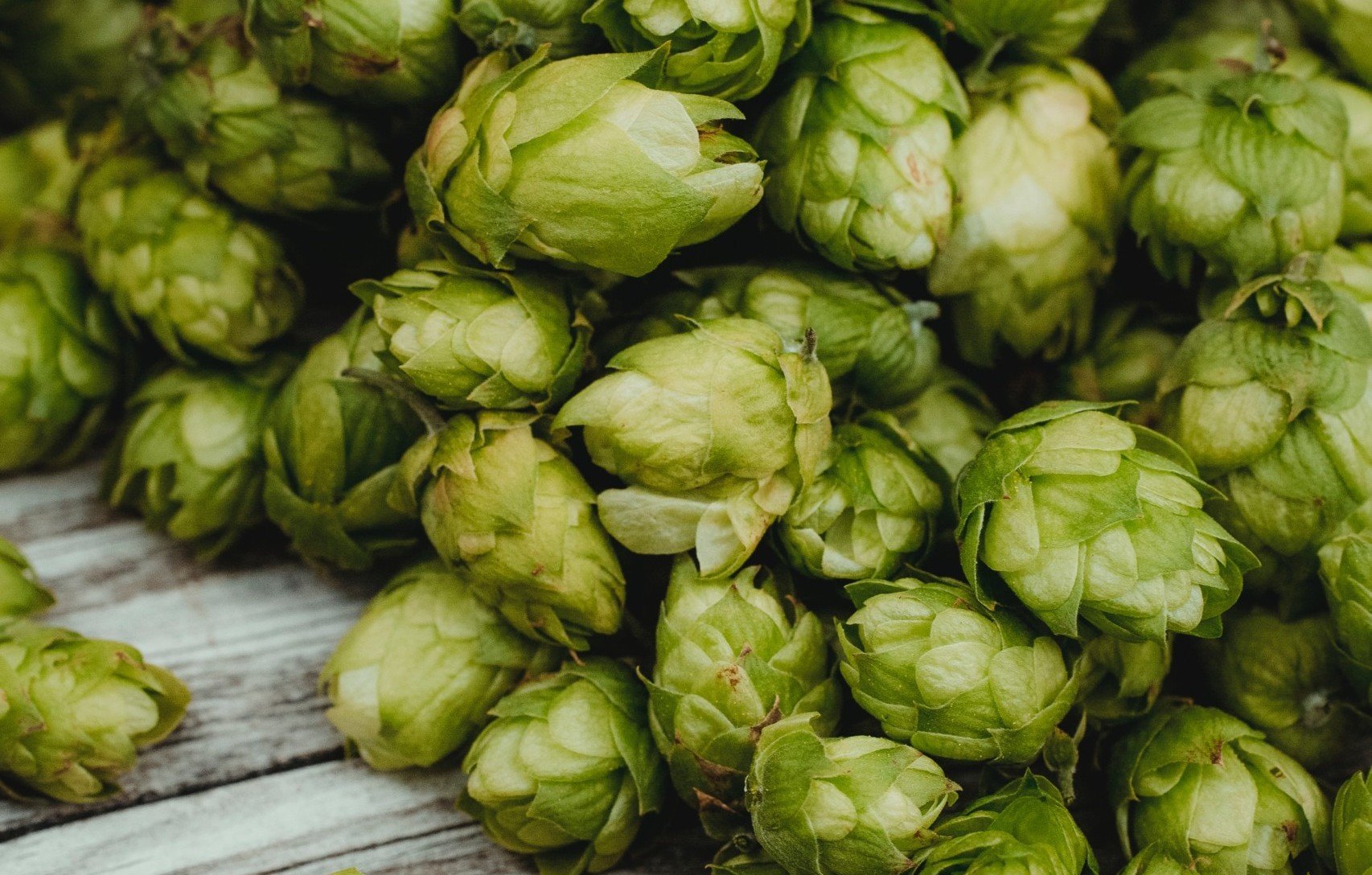October Outturn 2023 Article
October. It’s a magical month. The weather is getting warmer, the drams are sweeter, and the cold beer beckons. That’s what our focus for this month is all about.
There’s something I often say when hosting our wonderful experiences, especially for more newcomers to whisky: whisky is, essentially, a distilled beer. Beer is made from grain, usually malted barley, along with yeast, and hops. Hops is almost never used in the production of whisky, and when it has been, the results have been far less than favourable. If you take that beer, without the hops, and you distil it, you’ll make a spirit base, aka new make, and can build a whisky from that. But hops are important to beer, and we’re celebrating beer month!
So what are hops then, and why does beer need them? Hops are the flowers of the hop plant Humulus Lupulus, a member of the Cannabaceae family of flowering plants. It’s a plant, a fruit, a bright green/yellow flower that is an important part of balancing the flavours and aroma of the beer, as well as acting as a natural preservative. Brewers are usually after the lupulin inside hop cones. Hops put bitterness and character into a beer. Without them, beers would be overwhelmingly sweet (because of the malts), so hops add a balance of aromatic herbs and spice.
Different varieties of hops have different flavours, like citrus, pine, floral, fruit and more. They will impart different flavours into the finished product and brewers will create new brews using unique combinations. When it comes to bitterness, it really depends on what variety of hops the brewer uses (there are over 250 to choose from), how much is added, at what stage it’s added (early on means more bitterness, later on, means more aromatic qualities) and how strong the other flavour characteristics from the malt and yeast are.
Where do our local hops come from? Over 60% of Australia’s hops are grown in Tasmania and the state has been at the forefront of the industry for almost 200 years. If you take a moment to drive around Tassie, you’ll spot vast hops farming taking place, and the regions have a wonderful fruity aroma around them when you wind the car window down.
A boilermaker is essentially the art of pairing a whisky and beer together. Just like pairing food with whisky, the trick is often to find either complementary or contrasting flavours that ‘lock’ together nicely and form the 1+1=3 moment. A moment where grains meet and create a special flavour epiphany.
Yes, some spirits are now appearing on the market which have been hopped. I’m not ever going to rule out trying something out like that, but for the most part, the bitterness isn’t a desirable trait in spirits like it is in beer. So to celebrate the humble hop, the distilled grain, and the relationship and marvel of pairing whisky and beer together, welcome to our Oktober Outturn! We have some stonking good whiskies this month to share, so I hope you take a moment to open a bottle from Outturn, pair it with a suggested beer, and jump into our virtual and in-person experiences.
Cheers,
Matt
This article is featured in October 2023 Outturn — bottles will be available to purchase on Friday the 6th of October at midday AEDT exclusively to members of The Scotch Malt Whisky Society. Not a member? Click here to learn more about the world’s most colourful whisky club.








